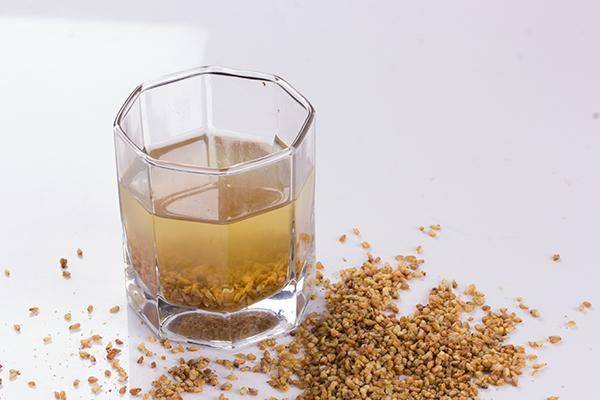High blood lipid is a common issue nowadays, where an excess of lipids in the blood can hinder normal blood circulation. If the lipids cannot be promptly distributed to various parts of the body, it can lead to ischemia, hypoxia, accelerated hardening and blockage of blood vessels, eventually resulting in various complications. Many individuals with high blood lipids are aware that reducing intake and increasing physical activity are beneficial, but some may find these methods lacking.
Reducing intake and increasing exercise indeed help in lowering blood lipids, but some individuals may fall into misconceptions. For example, strictly adhering to a vegetarian diet without consuming any meat is not advisable. Along with a balanced diet, attention should also be paid to adequate nutrition, where lean meat can be consumed. Besides reducing intake and increasing physical activity, the following tips on lowering lipids are worth trying and implementing into action to gradually normalize blood lipid levels.
What are some tips for lowering blood lipids?
The first tip: Replace alcohol with tea. Tobacco and alcohol contain harmful substances that damage blood vessels, slow down metabolism, and regular consumption can easily elevate triglyceride levels. It is advisable for individuals with high blood lipids to quit smoking and drinking as early as possible. Since tea contains various nutrients, consuming light tea regularly can supplement nutrients, promote metabolism, accelerate digestion, aid in fat reduction, decrease the accumulation of lipid substances in the body, and facilitate lipid reduction.
The second tip: Get sufficient sleep. A good night’s sleep is crucial for vascular health. Prolonged insufficient sleep can disrupt normal metabolism and endocrine functions, even if one controls their diet and exercises regularly, blood lipid levels may rise instead of decreasing.
The third tip: Adequately supplement potassium. Foods such as bananas, pumpkins, nuts, and meats contain relatively high levels of potassium, which can be appropriately supplemented. Research indicates that higher potassium levels in the body reduce the likelihood of elevated blood lipids. Therefore, adequate potassium supplementation is beneficial for lowering blood lipids.
The fourth tip: Medication. Many individuals with high blood lipids are reluctant to take medication due to concerns of dependence. Concerns arise that once medication is initiated, it may be challenging to discontinue. However, for individuals with significantly high blood lipid levels, solely changing lifestyle habits like reducing intake and increasing physical activity might not achieve optimal lipid reduction.
If a doctor advises medication intervention, it is recommended to follow the guidance and use medication scientifically and rationally. Do not independently adjust dosage or discontinue medication. Even if blood lipid levels are well-controlled after a certain period, consult the doctor before considering stopping medication.
The fifth tip: Maintain a positive mood. Maintaining a positive mood significantly benefits overall health. Prolonged feelings of tension and depression can elevate blood lipid levels, exacerbate discomfort, and sudden emotional fluctuations could lead to a significant increase in blood pressure, potentially causing other complications.
To prevent high blood lipids, the first three tips and the last one are effective methods. Additionally, cultivating healthy and balanced dietary habits, engaging in light diets, and increasing exercise can promote smooth blood circulation, enhance lipid metabolism, safeguard blood vessels, and prevent complications.
If you have recently experienced physical discomfort such as cold hands and feet, numbness, muscle cramps, frequent dizziness, headaches, or blurred vision, it may signal high blood lipids. Promptly seek testing to assess blood lipid levels.
In conclusion, although high blood lipids may not be a severe issue, the underlying risks should not be underestimated. It is crucial to lower blood lipids to normal levels early on. Besides reducing intake and increasing physical activity, trying the above five methods for lowering blood lipids is worthwhile, emphasizing the importance of consistency.


